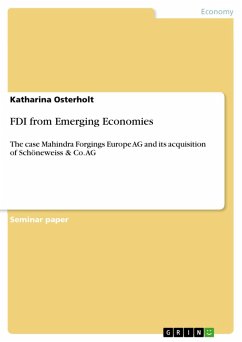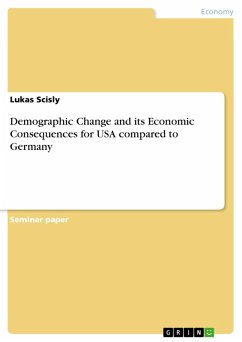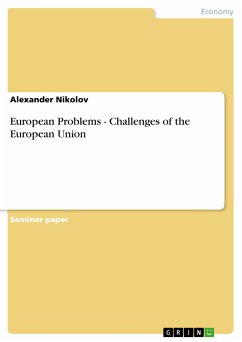Seminar paper from the year 2005 in the subject Business economics - Economic Policy, grade: A-, Johns Hopkins University (School of Advanced International Studies (SAIS)), course: West European Political Economies, language: English, abstract: Firstly, as typical for a centrally planned socialist economy, the great majority of productive capacity belonged to the state. Large, state owned enterprises (Volkseigene Betriebe), often grouped into huge industrial conglomerates (Kombinate), made up 80.7 percent of total assets. Cooperative property accounted for another 14.7 percent in March 1990. Private property merely amounted to 4.7 percent of economic resources and was confined to small-scale businesses, restaurants, and craft shops. Employment was consequently almost entirely in the hand of the state leaving only about 2 percent of the workforce independently employed (Merkl 1994, p. 200). Also, the structure of the GDR economy differed largely from its western counterpart. Employment was heavily concentrated in sectors and branches that had actually been declining in the West. The production was skewed towards agriculture, energy, mining and manufacturing, which together accounted for 47 percent of employment in the GDR (37 percent in the BRD) (Lange and Pugh 1998, p. 32). As shown in table 1 agriculture, forestry and fishery, energy and mining as well as textiles and clothing employed almost 18 percent of the GDR's workforce in contrast to 7 percent in West Germany. Further differences appeared in the service and trade sector which, by Western standards, was rather underdeveloped in the GDR. [...]
Dieser Download kann aus rechtlichen Gründen nur mit Rechnungsadresse in A, B, BG, CY, CZ, D, DK, EW, E, FIN, F, GR, HR, H, IRL, I, LT, L, LR, M, NL, PL, P, R, S, SLO, SK ausgeliefert werden.









